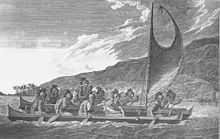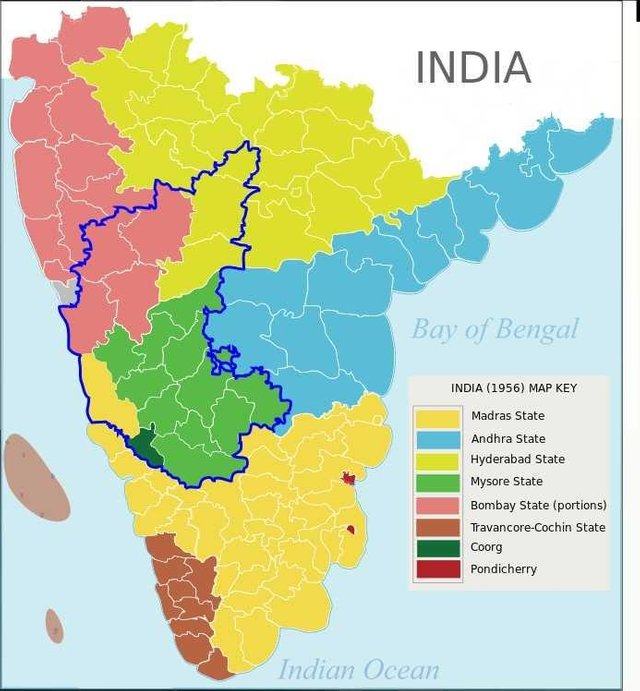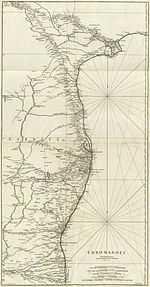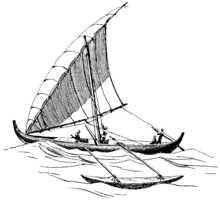And is it so simple, catamaran?
Walking through the park, we imperceptibly reached the reservoir, on which we rented pleasure boats and catamarans. The desire to ride on the water was absent, but there was an interest to find out what is CATAMARAN?

History knows that the name of the floating means "catamaran", refers us to the southwestern part of the Indian peninsula.

It was there, in Madras, or rather on the Coromandel coast, local fishermen made (and is still made) a boat with such an intricate name.

In fact, this raft, which consisted of two buildings. If desired, it was possible to change the direction of travel, without exerting additional effort on the turn. The movement was carried out due to the sail of a triangular shape, made of mat.
Polenizian "pro" or "flying pro" also refer to catamaran type. A distinctive feature was the presence of an additional balancer, which gave the boat stability and allowed to make confident sea crossings. The shape of the sail was different: a trapezoid, a triangle or a low triangle. The crew consisted of up to 30 people. Their main task was to ensure an even distribution of weight and control the position of the additional keel (it's a balancer). In the eighteenth century, a daily crossing on a ship of 700 km was recorded. For that time, such an indicator was considered an excellent result.

As a catamaran can act as a wide boat, connected to a single balancer (with the help of a hard-made platform), and a small pie with a small balance. In the first case, a large sail made of coconut fibers is provided, and the transition to spring pulling was extremely tedious. In the second variant, the catamaran became faster, and the use of oars to continue the course did not burden the team.
A third (hybrid) type was also created: a light boat + a heavy balancer + a large and expanding sail. Where a large area of the sail, offset by the size of the balance.
All these types corresponded to the selection criterion for entering the open sea, but for far voyages a less rapid but more capacious first type was used.
No matter how remarkable this kind of movement, but the economic component of all de made its adjustments. The fact is that:
the production of a "bridge" (the connecting part between the main vessel and the rocker) was very expensive and could not provide complete safety against fracture during the test with long loads;
use at low speeds was inefficient (due to the large area submerged in water, the viscosity of the vessel made it make much more effort to move);
actions in the ice were impossible;
the risk of tipping was a very rapid rollover with increased roll (this is due to a restoring moment that tends to restore the ship's position in the plane).
they were wider, in comparison with uniaxial vessels.
✅ @steemaa, enjoy the vote!
Have you claimed your FREE Byteballs yet? Check out this post on how you can get $10-80 just for having a Steem account: https://steemit.com/steem/@berniesanders/get-free-byteballs-today-just-for-having-a-steem-account-usd10-80-in-free-coins